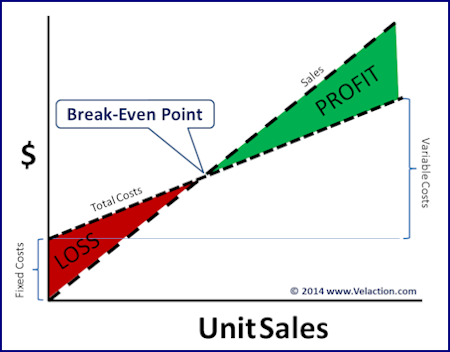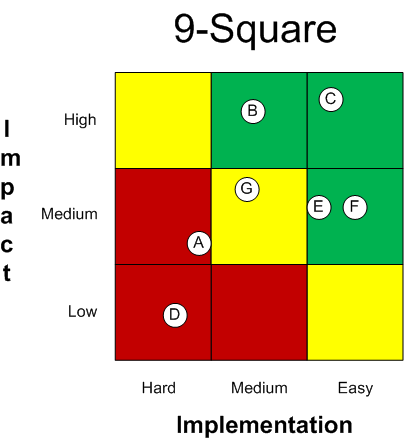Break-Even Point
The break-even point is the point (number of units sold) where the company can “break-even” and start earning profit. When a product or service is sold to a customer, the company incurs both fixed and variable costs. Fixed costs are the same regardless of the number of units sold. Variable Read more…


